The Metallic World Of Asteroid Psyche

Introduction
Asteroids are considered to be the relics from our solar system's formation. One such asteroid is Psyche, which is known for its unique metallic composition and has been classified as a rare type of asteroid. The scientific community believes that it could potentially be an exposed planetary core, making it an object of immense interest and study.
Psyche's Discovery and Classification
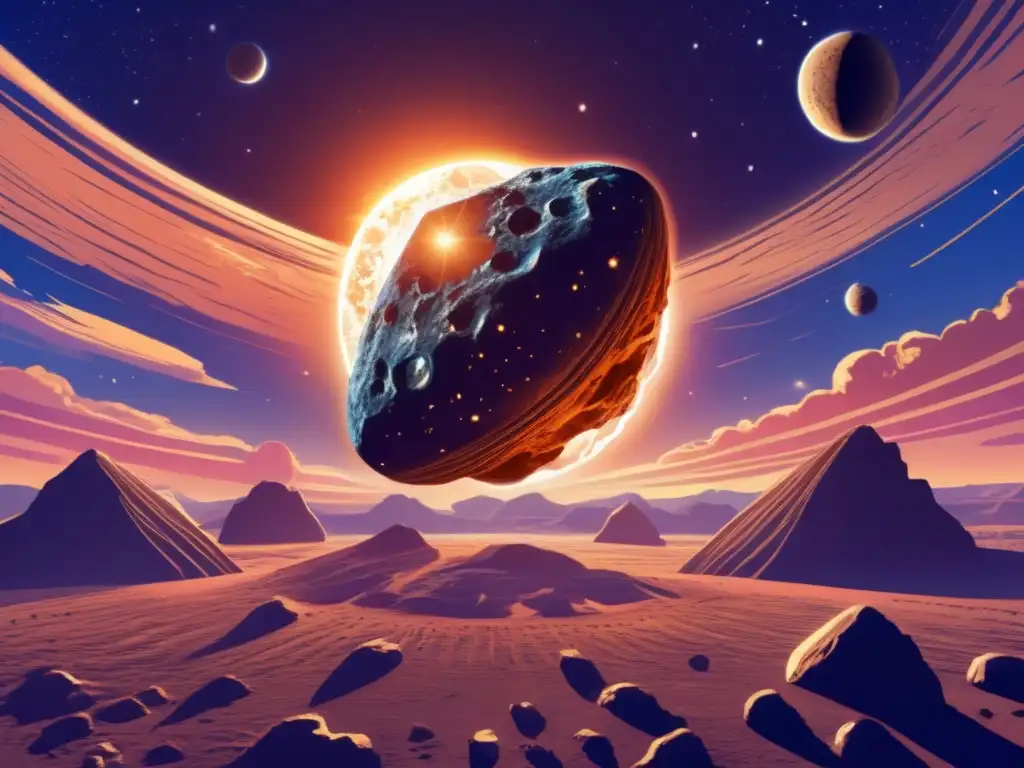
Discovery
Psyche was discovered on March 17, 1852, by the Italian astronomer Annibale de Gasparis. It is located in the main asteroid belt between Mars and Jupiter, with an approximate diameter of 226 kilometers and an orbital period of 4.2 years.
Classification
Psyche has been classified as a metallic asteroid, which is a rare type of asteroid accounting for only 10% of the total number of known asteroids. Its classification was confirmed by observations made by NASA's Spitzer Space Telescope.
Metallic Composition
Psyche's metallic composition has been determined through spectral analysis of its surface. The asteroid has been found to be primarily composed of iron and nickel, with smaller amounts of other metals such as gold, platinum, and cobalt. In fact, some estimates suggest that the asteroid may contain enough metal to be worth quadrillions of dollars if mined.
Potential Exposed Planetary Core
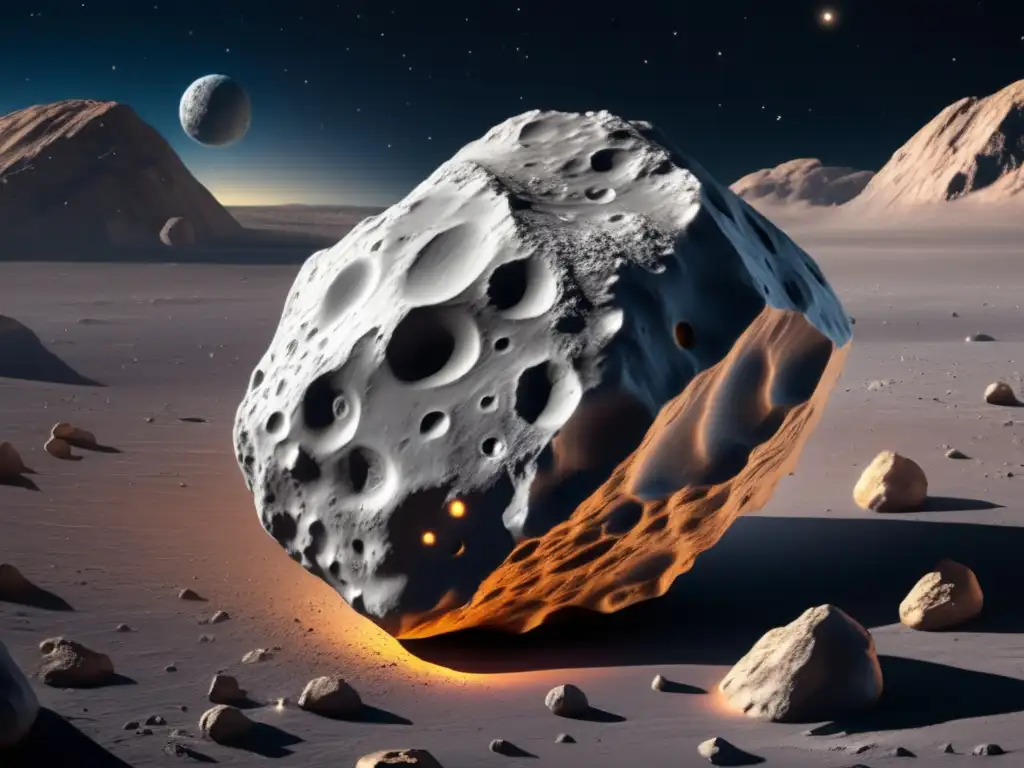
Observations and Hypotheses
Psyche's unique metallic composition has led to several hypotheses on its origin. One possibility is that it may be an exposed planetary core, possibly from a protoplanet that was destroyed during the formation of the solar system. Observations made by spacecraft have indicated that Psyche has an irregular shape and lacks any significant impact craters, which would suggest that it is not a typical asteroid.
Potential Significance
If Psyche is indeed an exposed planetary core, it would be the first such object to be studied up close. By studying the asteroid, scientists could gain valuable insights into the formation of planetary cores and the early solar system. It could also provide clues to the origin of the Earth's magnetic field, which is believed to be generated by the molten nickel-iron core at the center of our planet.
Missions to Study Psyche
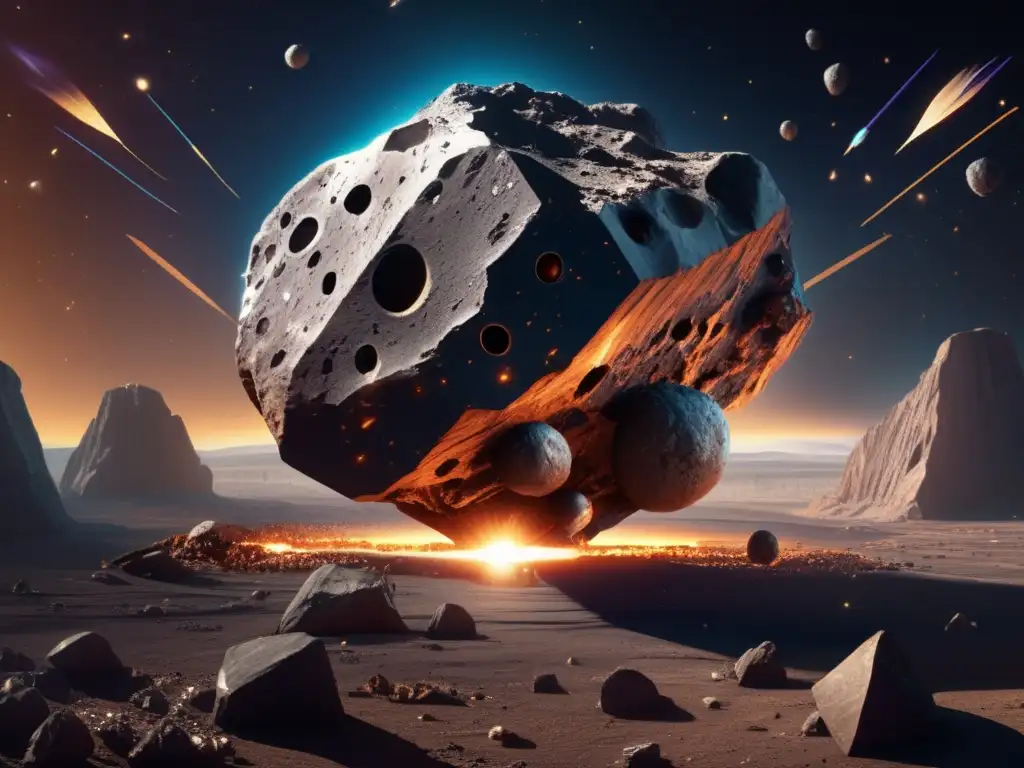
NASA's Psyche Mission
In response to the potential significance of Psyche, NASA has planned a mission, named after the asteroid, to study the metallic world in detail. The spacecraft is scheduled to launch in 2022 and arrive at Psyche in 2026. It will conduct a thorough examination of the asteroid's surface and composition, as well as measure its magnetic and gravitational fields. The data collected from this mission could help confirm or refute the hypothesis that Psyche is an exposed planetary core.
Other Missions
Although NASA's Psyche mission is expected to provide invaluable information on the asteroid, several other missions have been planned to study Psyche and other metallic asteroids in the future. These include JAXA's Hayabusa 2 mission, which returned samples from the metallic asteroid Ryugu in 2020, and ESA's Hera mission, which is expected to launch in 2024 to study the Didymos asteroid system.
Frequently Asked Questions
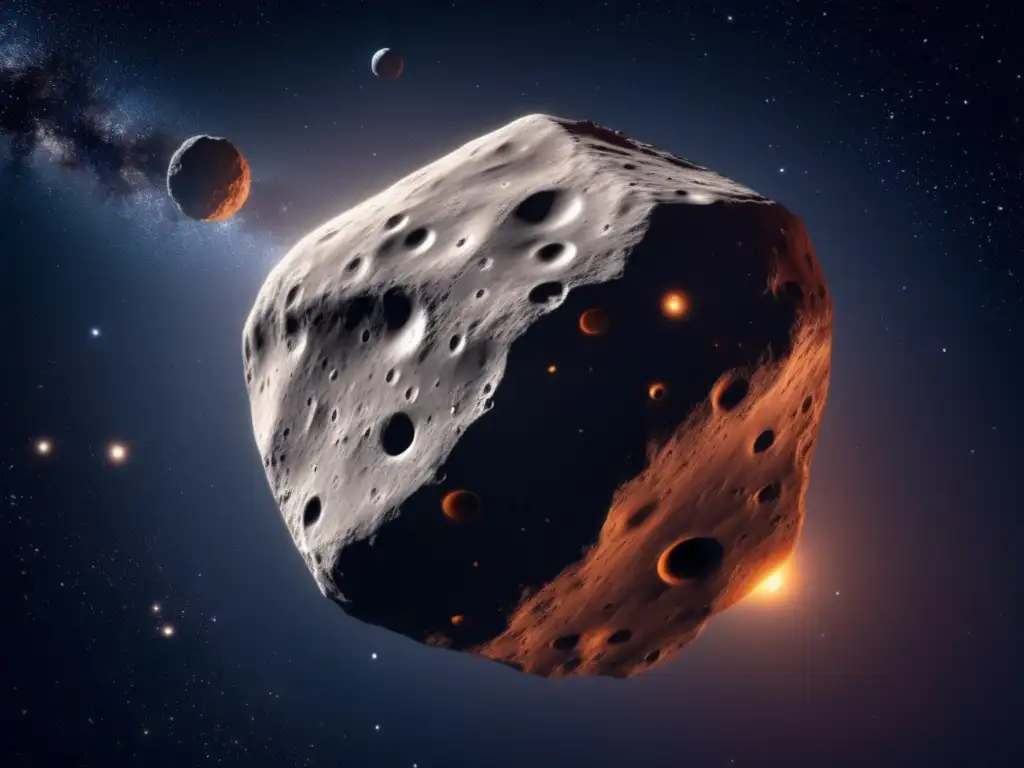
-
What makes Psyche unique?
Psyche's unique metallic composition, which includes iron, nickel, gold, platinum, and cobalt, makes it stand out among other asteroids.
-
Could Psyche be the exposed core of a planet?
Observations made by spacecraft have led scientists to hypothesize that Psyche could be an exposed planetary core, possibly from a protoplanet that was destroyed during the formation of the solar system.
-
Why is Psyche important to study?
By studying Psyche, scientists could gain valuable insights into the formation of planetary cores and the early solar system. It could also provide clues to the origin of the Earth's magnetic field.
-
When will NASA's Psyche mission launch?
The Psyche mission is scheduled to launch in 2022 and arrive at Psyche in 2026.
-
What other missions are planned to study metallic asteroids?
Other missions include JAXA's Hayabusa 2 mission, which returned samples from the metallic asteroid Ryugu in 2020, and ESA's Hera mission, which is expected to launch in 2024 to study the Didymos asteroid system.
Conclusion
Psyche is a metallic asteroid that has generated immense interest among scientists due to its unique composition and potential as an exposed planetary core. With NASA's planned mission to the asteroid in 2022, we can hope to gain a better understanding of the asteroid and unlock the mysteries of the early solar system.
Thank you for reading! Please share your thoughts on Psyche in the comments section and consider subscribing to www.asteroidrealm.com for more articles on asteroids and space exploration.
Additional Resources
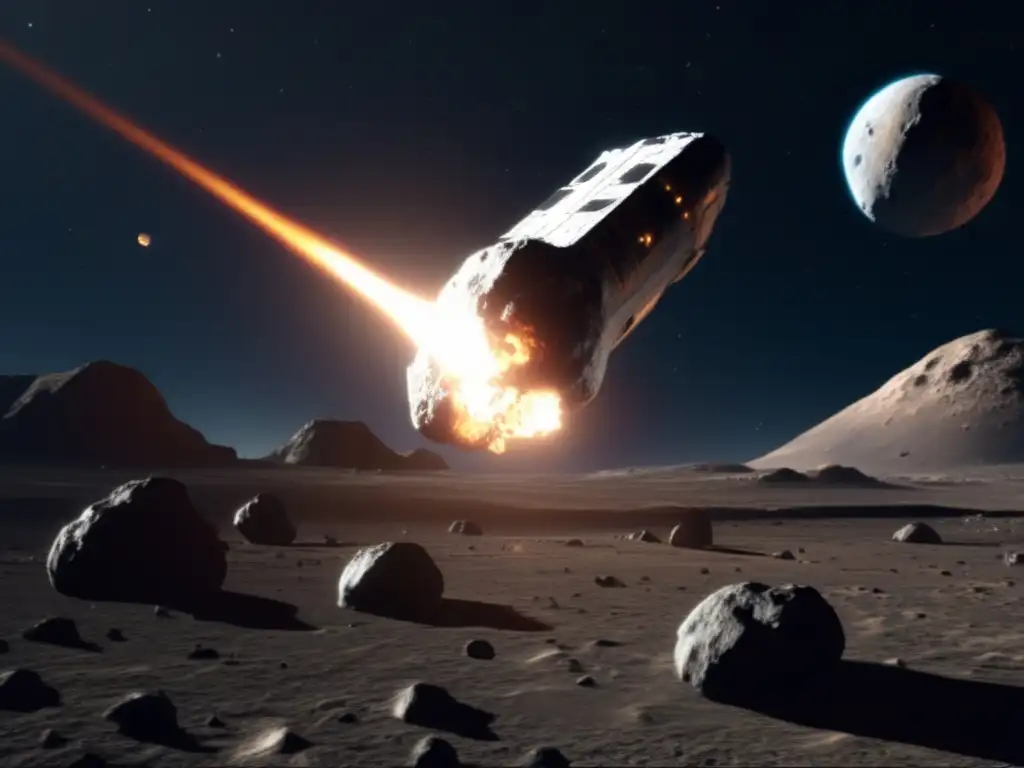
For more information on Psyche and metallic asteroids, we recommend the following resources:
- NASA's Psyche Mission Website
- ESA's Hera Mission Website
- Nature article on Psyche
- Space.com's Psyche Coverage
 The Peculiar Case Of Asteroid Phaethon
The Peculiar Case Of Asteroid Phaethon Exploring The Asteroid Thule: From Myth To Space
Exploring The Asteroid Thule: From Myth To Space Didymos And Dimorphos: A Binary Asteroid System Profile
Didymos And Dimorphos: A Binary Asteroid System ProfileIf you want to discover more articles similar to The Metallic World Of Asteroid Psyche, you can visit the Asteroid Profiles category.
Leave a Reply

Articulos relacionados: